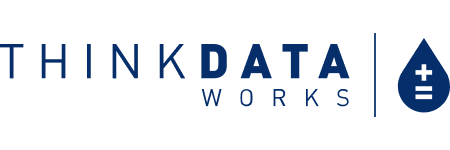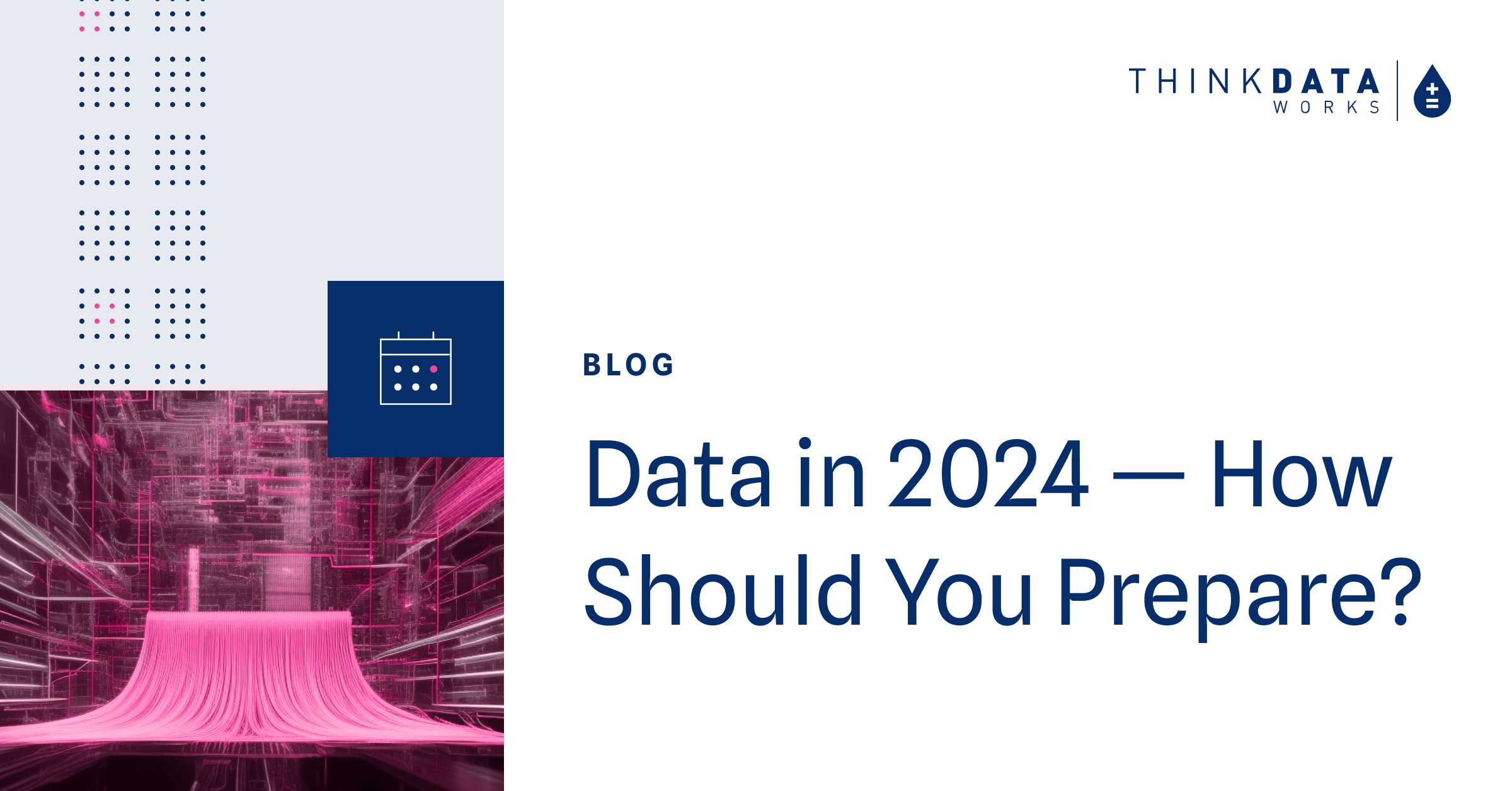4 min read
5 min read
The Evolving Role of a CDO in a Data-Driven Market
Madeleine Ouellette July 19, 2021 9:00:00 AM EDT
As a result of the recent pandemic, there has been a surge in demand for data to help safeguard businesses from future uncertainties. With an increasing number of organizations fuelling solutions and driving innovation with data, there is a growing concern with the way that data is accessed, used, and protected. In fact, there was a 126% increase in total fines from 2019 to 2020 issued as a result of the GDPR. These fines will only continue to increase as privacy regulations evolve and expand.
However, data governance isn’t just about avoiding fines. It also enables organizations to achieve better data analytics, more informed decisions, and improved operational efficiency. As more organizations begin to realize the value of a sound data governance strategy, the role of Chief Data Officer (CDO) has grown in importance and demand.
We recently had the opportunity to chat with Rupinder Dhillon, CDO at Hudson’s Bay Company. Rupinder has worked in data for over twenty years with expertise in data management, business intelligence, advanced analytics, and AI and machine learning. She has worked across industries spanning financial services, software, telecommunications, and now retail.
We had the opportunity to get her perspective on the state of data in 2021.
Q: Welcome, Rupinder. Thank you for sitting down with us. To get started, can you please explain your main responsibilities as a CDO?
I believe that the CDO role is nuanced to the company that you’re in. The role will differ slightly from organization to organization depending on their data maturity, where they are in their data journey, and what data goals they have set. Traditionally, data is thought of as the exhaust that comes from a system. The role of a CDO includes trying to change this mindset from data as just a by-product to a tool that can be used for exploration and innovation. Data is no longer just about reporting.
My role sits at the crossroads of three key areas:
- providing good governance around data;
- creating a data-driven culture and driving innovation through the use of data; and
- making sure the organization has good visibility to performance and key metrics.
Q: How would you define a data-driven culture?
A data driven organization is one that has data and analytics embedded in the culture and the way people work every day, regardless of their function. In a data-driven culture, data and analytics is not seen as a function that is owned by one team but the entire company.
Q: How have you implemented and adopted a data-driven culture?
I’ve adopted the idea of a data-driven culture by positioning data and technology as an ecosystem. Investing in technology that allows data to be more accessible to people across the organization has been a driver for adoption. I call this an ecosystem because the platform is a place in which teams not only pull data out, but also feed data into the platform.
This is important so that all the great analytics that teams are discovering can be available across an organization. Everyone in a company should have the responsibility to not only export data but feed data into the tech ecosystem. For example, if the Logistics teams are working on an analysis in their space, it's important that the same data and analytics should be available and shared to the Marketing team as well.
Q: What are the most pressing challenges facing companies who are implementing data governance strategies?
The challenges that companies face depend greatly on the industry they are operating in. For example, data governance for an insurance or financial company is going to be different than that of the retail world. It must be performed with the same level of scrutiny, but the focus of the strategy will differ. Canadian companies need to be thinking about all of the changes that will be coming in the near future regarding data privacy.
Regulatory changes present the opportunity for organizations to think through the questions of:
- What do we want the data relationship to be with our customers?
- How can we design our data strategy from the get-go to not just protect customer data, but also build trust with our consumers?
- What is the legislation and what does it mean to us?
Q: What do you think are the most important variables to consider when developing a data governance strategy?
Across the board, if you’re a company that is working business to consumer (B2C), there needs to be a focus on how to protect customer data and their privacy. Especially when working with ML and AI to power processes, you need to decide where customer data fits and where it should be anonymized.
The most important lesson I’ve learned about data governance thus far is understanding what governance you need, and when you need it. Think about these questions when developing your data governance strategy:
- What are the non-negotiables with data governance that you need to build into your strategy on day one?
- What are the things you’d like to build into your data governance strategy over time?
Building out a data governance program is a process. It’s important to start in small incremental steps, not attempt to boil the ocean. Many data initiatives try to get the attention of corporate leaders; however, they must show business value and impact first. Robust data programs could take 12-24 months or more to realize business value. Most organizations simply cannot wait for this amount of time which results in the program losing traction and fizzling out.
Q: You mentioned the importance of data sharing within an organization. What are the opportunities that you see in implementing data sharing?
There are two parts to data sharing I’d like to address: internal and external data sharing.
I don’t believe that certain teams own certain data. For example, marketing owns customer data, logistics owns supply chain data, and customer service owns call centre data. What I mean by ownership is that those are the only teams who need that information and can use it. Our customer data is equally as important to our merchandise planning folks as it is to those that are running our digital strategy, just as our call centre information is very important to our marketing team.
Organizations still require domain responsibilities, meaning teams carry the responsibility for the data that gets generated through their domain. However, I really buy into data mesh architecture where different parts of the organization are creating data as a product for the rest of the organization to consume and collaborate with.
“Real insights come from the cross-sections of traditional data domains. You miss out on hidden problems and opportunities if you neglect insights that can be found by analyzing trends across departments.”
When considering the value of external data sharing, I do see opportunities in sharing anonymized information across different companies and different types of organizations (e.g. COVID-19 or demographics data). The COVID-19 pandemic has highlighted the importance of data sharing to better adapt to external environment changes. I have seen some great technologies on the market that make creating an ecosystem of internal and external data sharing more seamless, and most importantly, without needing to share any customer information. There is a tendency to focus on customer data when considering external data sharing strategies, but there is a lot of value to be gained by exploring the cross-sections of operational or functional types of data to better understand a company's operations and find opportunities.
Q: What kinds of trends do you expect in the data industry and with data use in the enterprise?
I think there is still a long way to go in Canada around adoption of data and analytics. We’ve made strides forward but there is still a long way to go in order to make data a generally available and usable tool in an organization’s tool box. It is very important to not just democratize data, but democratize analytics capabilities by making them a part of your everyday functions rather than the function of just one team.
With more companies embracing ML and AI, I see a trend towards these technologies being a general purpose tool available across all facets of an organization. I hope to see more Canadian companies embed data and technology wherever possible. This includes driving AI and ML solutions that are actually part of their systems and processes. Not just one-off use cases, but ones that drive and change how an organization functions in their day-to-day.
I’ve seen a lot of digital acceleration and I think we’ll see even more over the next two to five years. The companies that are born in the digital age, like Shopify, are setting the bar for all industries. The organizations who were not born in the digital age, but are prioritizing digital transformation efforts, will be well-served to keep up with competitors going forward.
We'd like to thank Rupinder for taking the time to speak with us and share her insights on the state of data in 2021.
To echo her insight, data-driven organizations are those that have data and analytics embedded in their business processes, departments, and people. The organizations who reap the benefits of both internal and external data-sharing will be positioned to thrive in the upcoming years.
Want to learn more about aligning your business and data strategy? Request a consultation with one of our data experts or browse the largest catalog of solution ready data to determine how ThinkData’s tech can advance your projects.
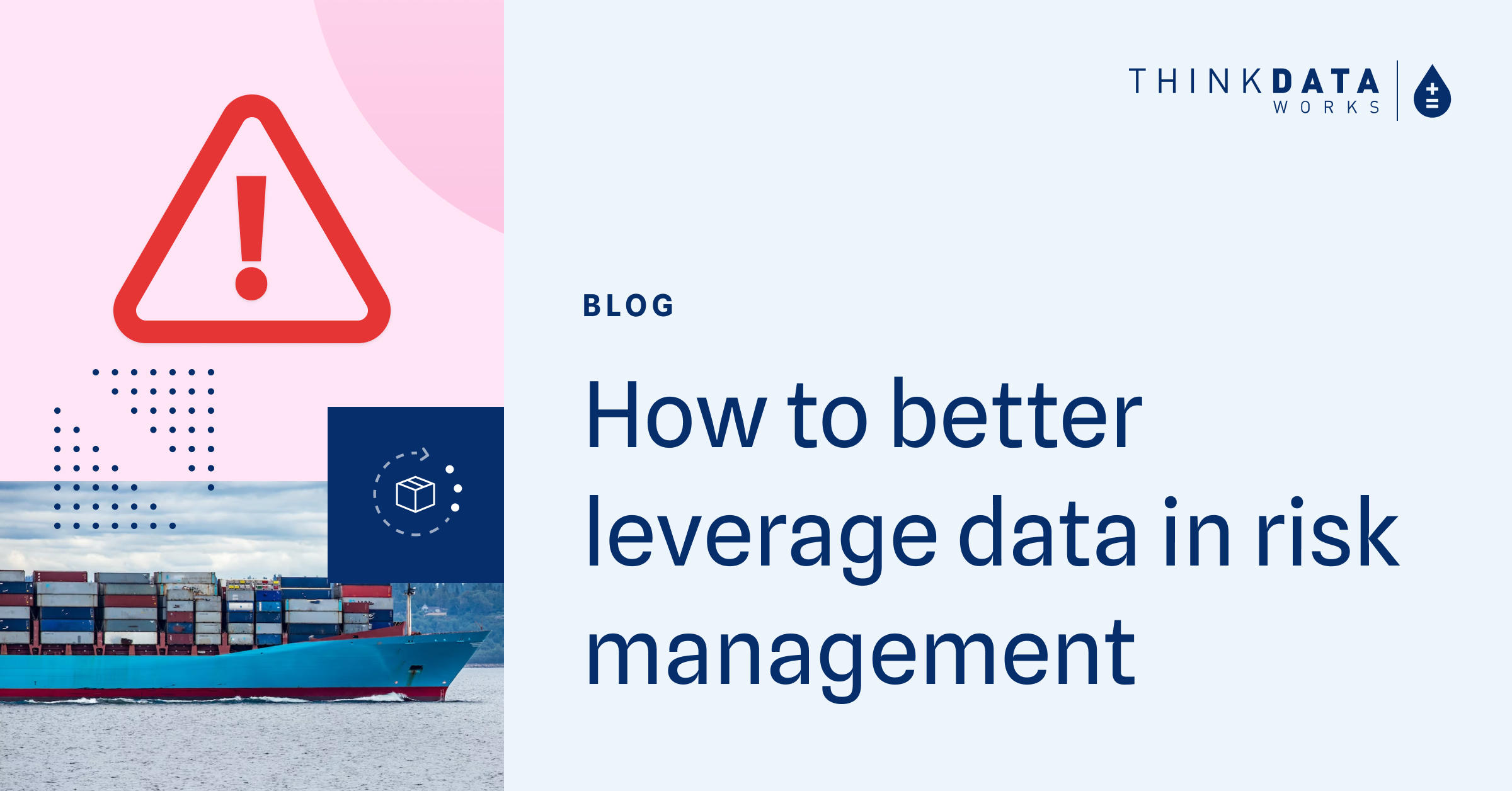
4 min read
How to better leverage data for risk management and crisis response
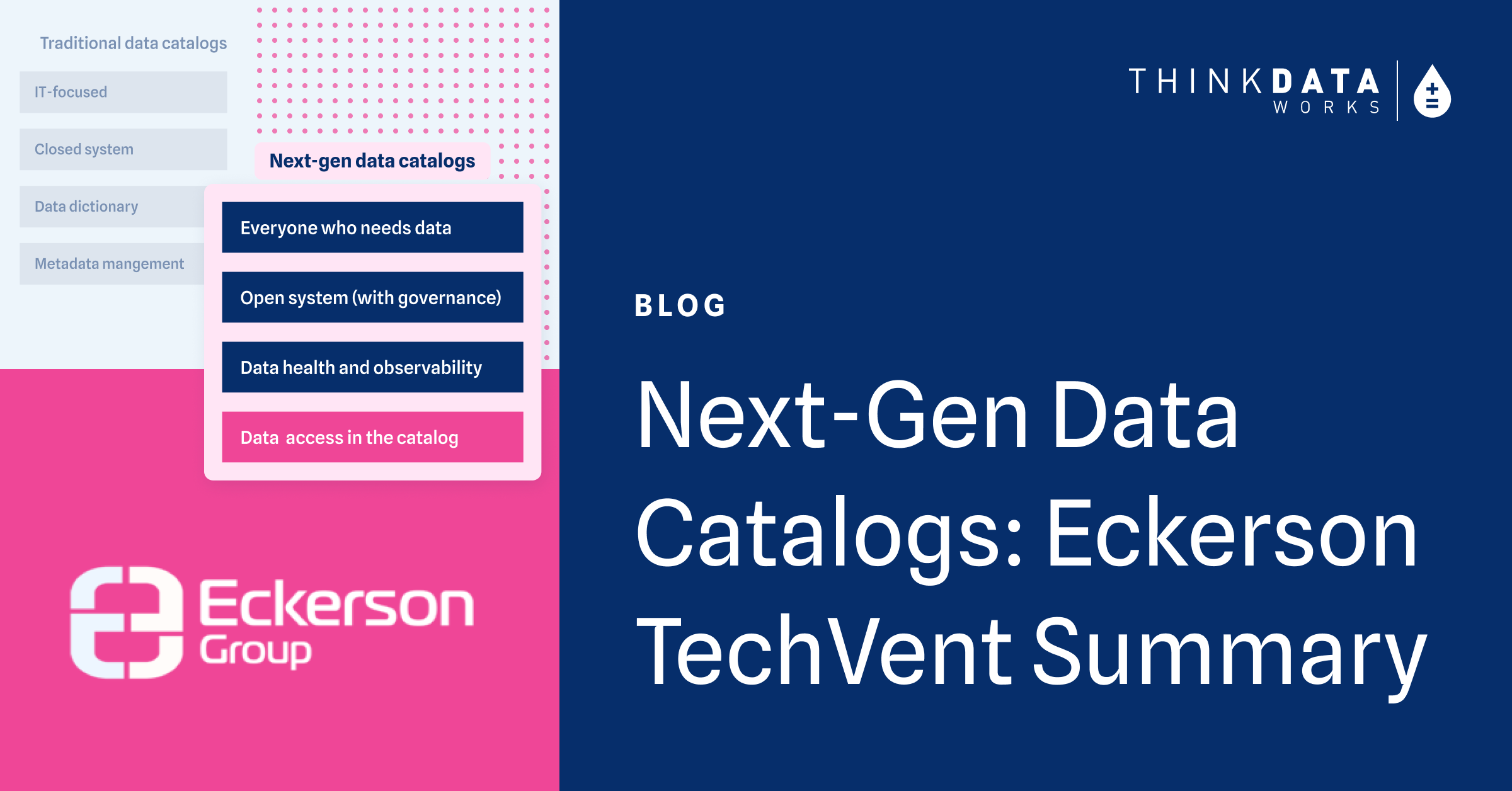
3 min read
